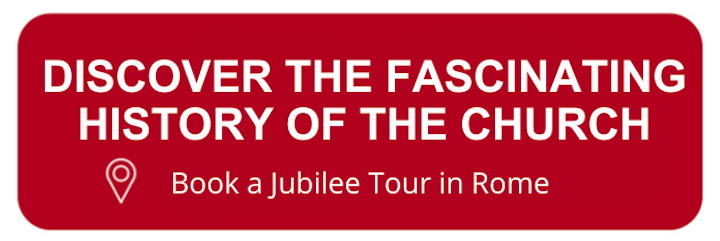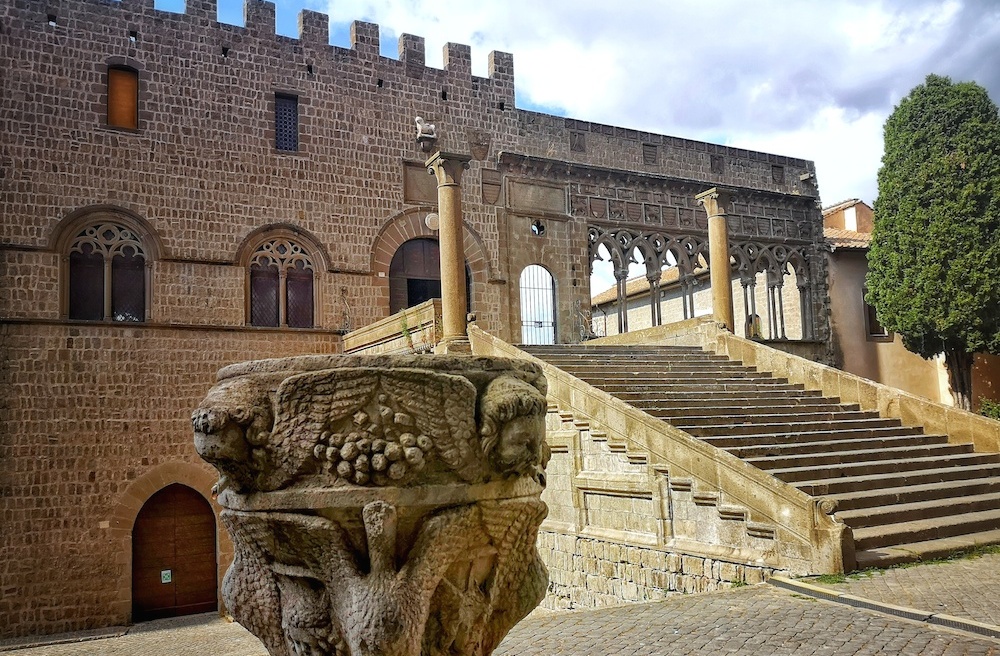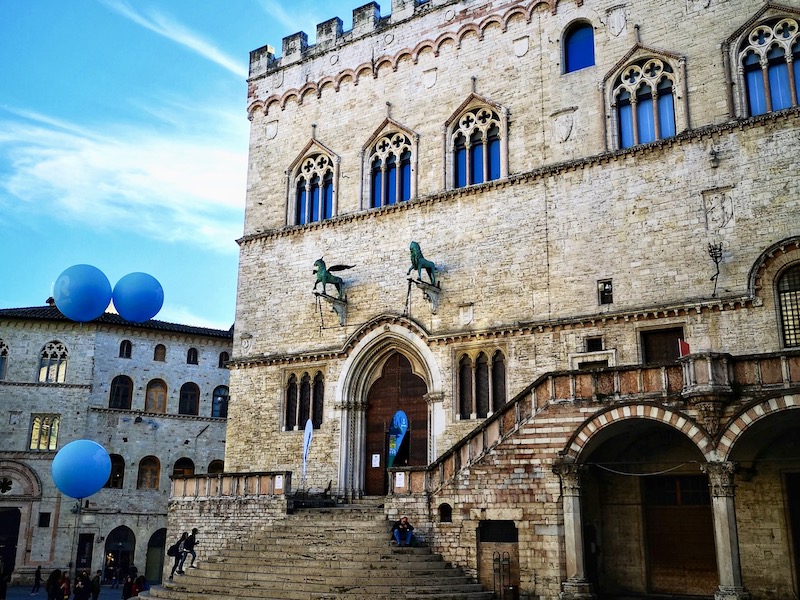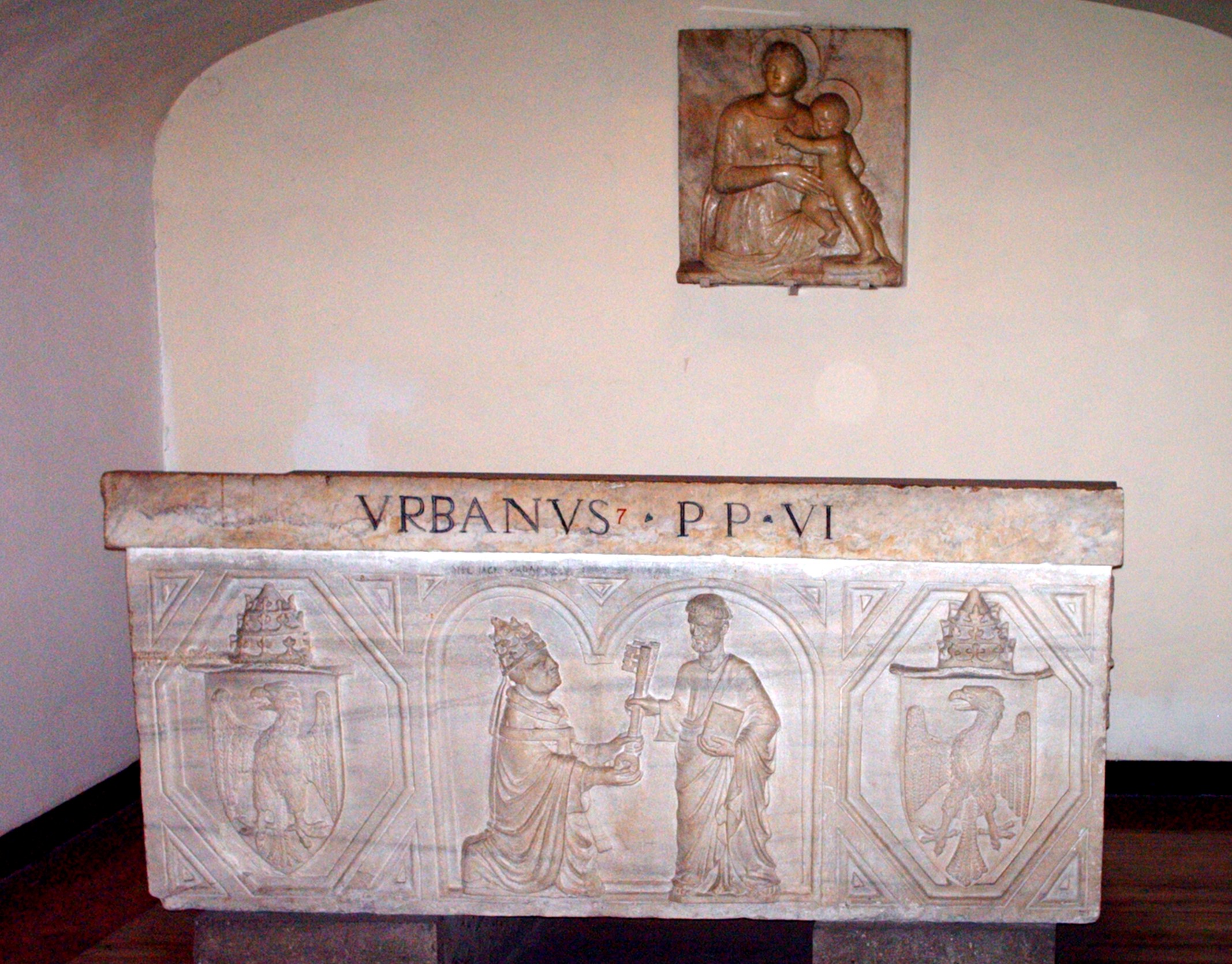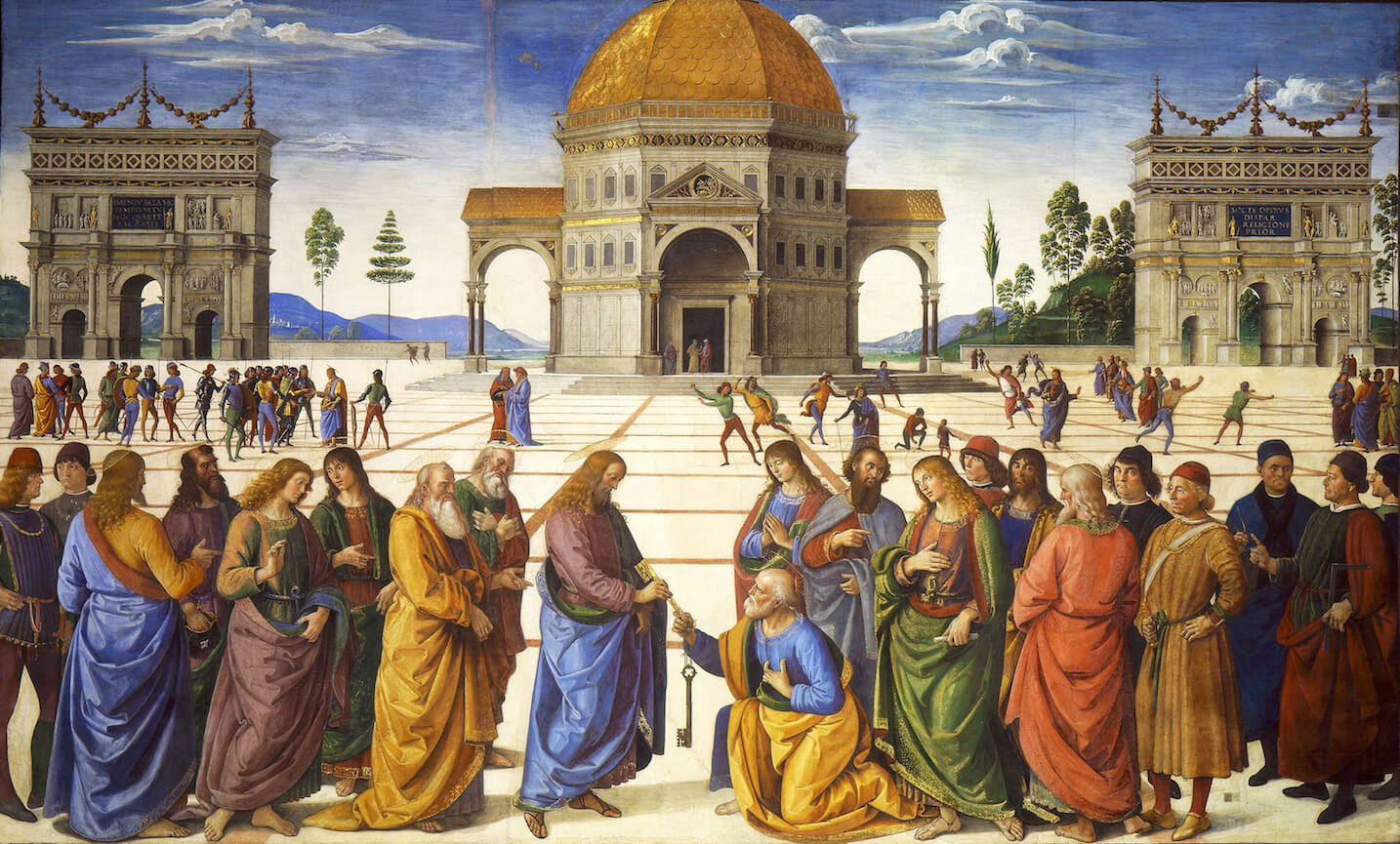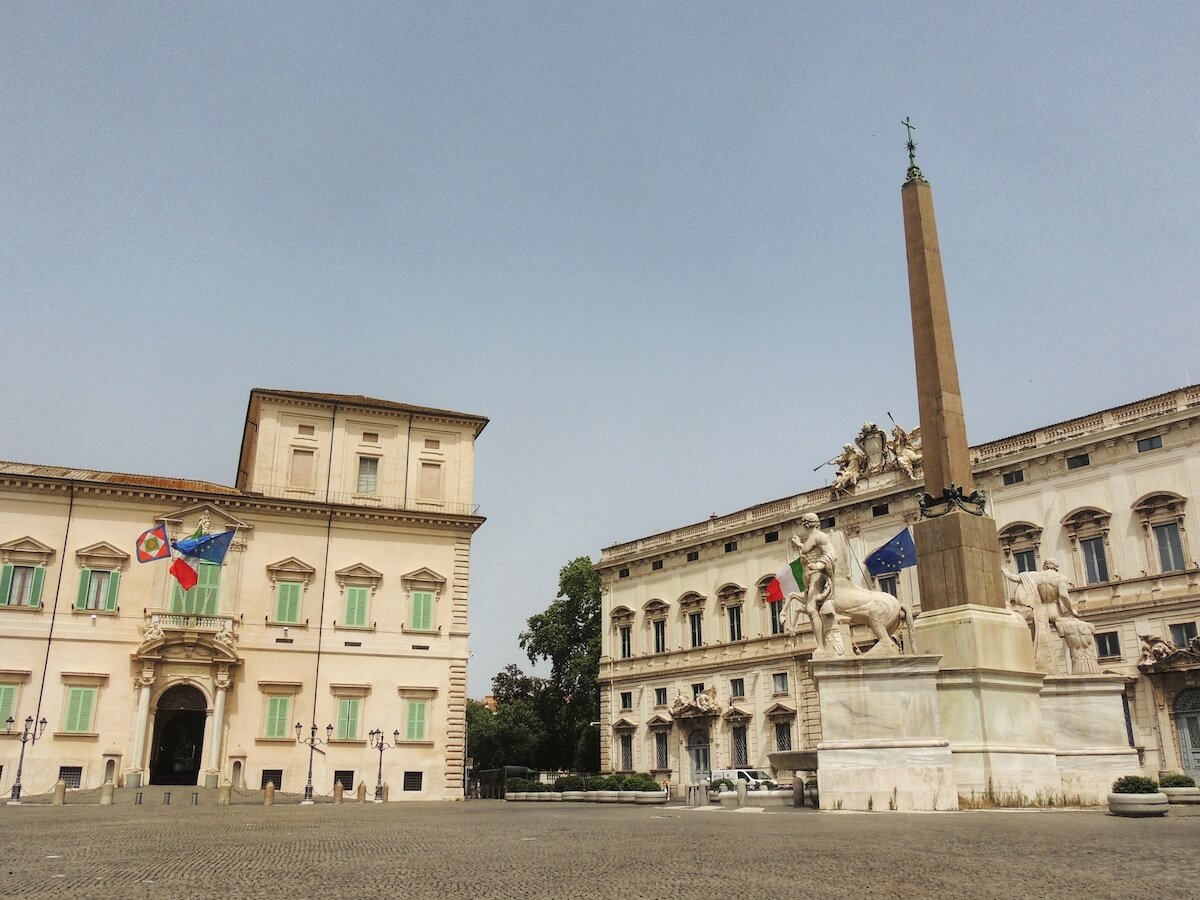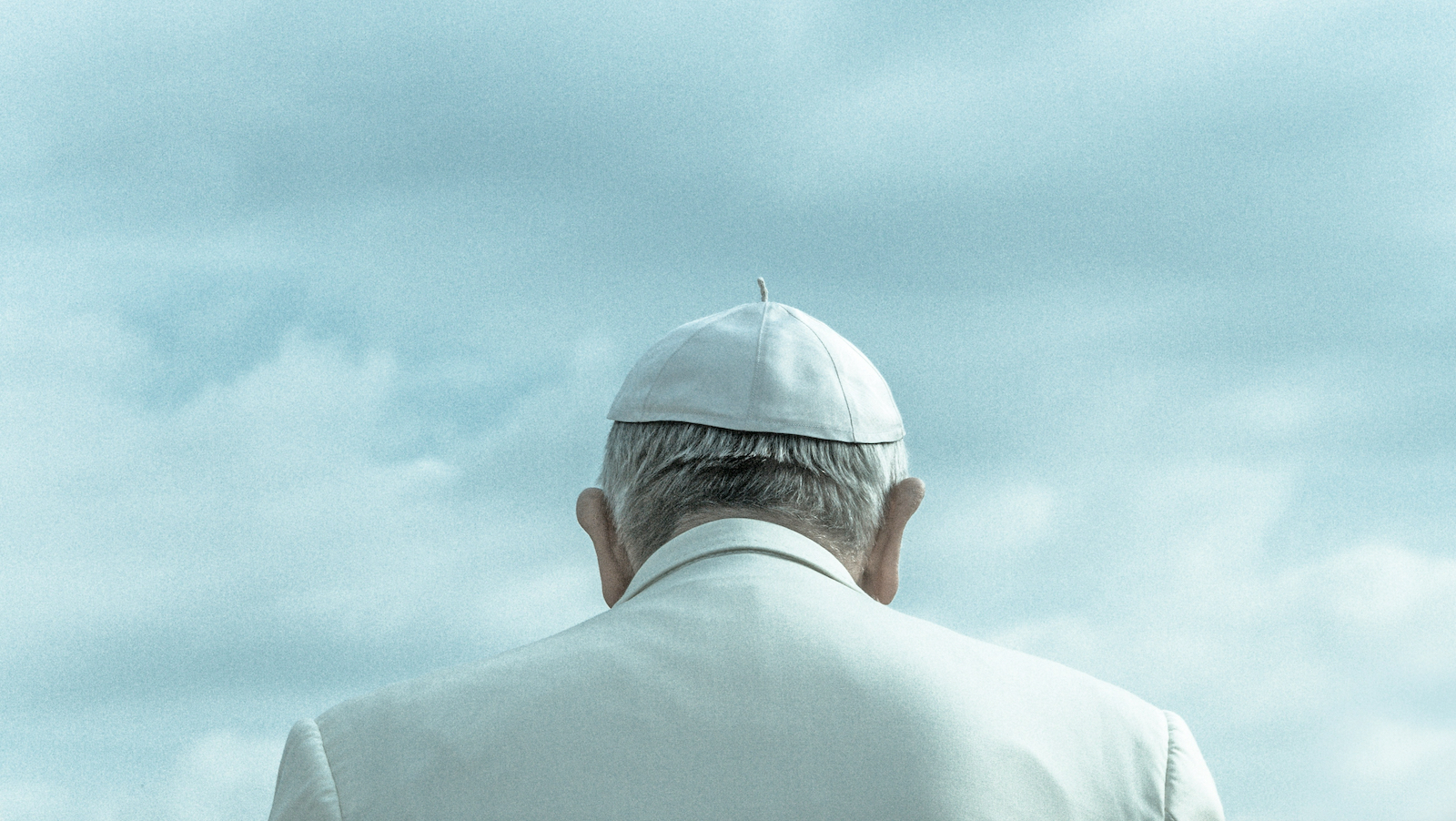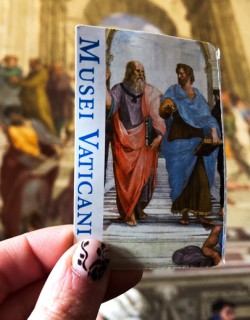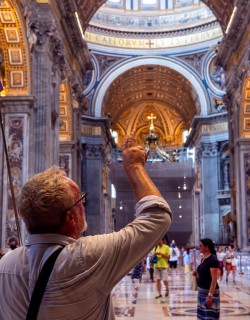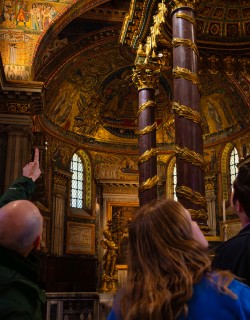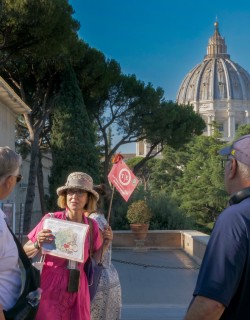Choosing a new pope has never been a simple affair. In the earliest years of the church, pontiffs would often be appointed by their predecessors before their death, or given the top job thanks to Imperial intervention or military dictat. Some were even acclaimed via prophetic signs from above: Pope Fabian apparently got the top job when a dove unexpectedly landed on his head, signalling that he had been favored by the holy spirit.
As the centuries wore on, the process became increasingly formalized and gradually took the form of the election conclave that we know today. For nearly a thousand years, the papal conclave has combined sacred ritual, political intrigue, and human drama behind locked doors in a mysterious ritual that continues to fascinate outsiders.
Now, with the sad passing of Pope Francis and the church once again in sede vacante, the world waits as cardinals prepare to enter conclave and choose the next Bishop of Rome. To mark the occasion, today we’re profiling some of the most fascinating, controversial and seismic conclaves in church history. From rooftop removals to rigged ballots and surprise appointments, these elections changed the church - and sometimes the world.
1. 1268–1271: Viterbo, Palazzo dei Papi
Pope Gregory X
The One Where the Roof Came Off
For much of the 13th century, the papacy resided in the beautiful city of Viterbo rather than Rome, which had become something of a crime-ridden backwater in the Middle Ages. When Pope Clement IV died in what became known as la città dei papi in 1268, eighteen cardinals obeyed custom and decamped there to elect his successor. The ensuing conclave, which should have lasted a matter of weeks, instead descended into nearly three long years of fruitless debate. The cardinals were hopelessly divided, paralyzed by factionalism and external meddling, and vetoed every compromise.
After two years of dithering, the increasingly exasperated Viterbesi had had enough. Taking matters into their own hands, they walled up the doors and windows of the Palazzo dei Papi, locked the cardinals inside and reduced their rations to bread and water. When hunger still failed to produce a pope, the locals resorted to an even more drastic measure: they removed the roof of the Gothic hall itself, exposing the electors to wind, rain, and chilling drafts in hopes that divine inspiration - or sheer discomfort - would break the stalemate.
At last, on the 1st of September 1271, the shivering and hungry prelates agreed on Teobaldo Visconti, a veteran crusader and papal legate who wasn’t even a cardinal at the time of his elevation. The first order or business for the new Gregory X? Reforming the conclave process. His 1274 decree Ubi periculum created the system as we know it today: strict isolation, daily voting, and no creature comforts until a new pope is chosen.
2. 1305: Perugia, Palazzo delle Canoniche
Pope Clement V
The One When the Papacy Went into Exile
In 1304 Rome was in a ferment as tensions simmered due to the continuing conflict between the Colonna and Orsini families, corrupt feudal warlords who controlled the city like mafia clans. Even the Pope himself had deemed the city unsafe, and so after completing his Holy Week observations Benedict XI beat a hasty path to the fortified city of Perugia in Umbria. Health-wise it wasn’t a great choice, as the pontiff fell victim to dysentery (or, as rumors would have it, a plate of poisoned figs) there only a few months later.
The ensuing conclave, held in Perugia’s Palazzo delle Canoniche, was another fiasco. Four electors had to leave due to illness before the final votes had been cast, and the remaining cardinals were bitterly divided between French and Italian factions - the latter of whom were still outraged by the scandalous affront delivered to the papacy when a representative of the French crown slapped Benedict’s predecessor full in the face at Anagni 2 years earlier.
Eventually, after 11 months of wrangling, the cardinals elected Bertrand de Got, the bishop of Bordeaux and a childhood chum of King Philip IV of France. Not being a cardinal, Bertrand wasn’t at the conclave and headed instead to Lyon to be crowned Clement V. Clement never even set foot in the Eternal City during his papacy, and relocated the papal court to Avignon where it would remain for nearly 70 years. This period would come to be called the "Babylonian Captivity of the Church," reducing the papacy to a mouthpiece for French political interests and sparking decades of resentment in Italy.
3. 1378: Rome and Fondi
Pope Urban VI
The One That Led to Schism
Fast-forward 70 years. Pope Gregory XI had recently returned the papacy to Rome from Avignon at the behest of Saint Catherine of Siena, but he lay dead and Rome was once again a tinderbox. Fearful that the return of the pope to Rome would be short lived, an unruly mob surrounded the conclave demanding a Roman pope, chanting “Romano, lo volemo Romano, se non che tutti vi occideremo” - give us a Roman Pope or we’ll kill you all.
Under such pressure, the cardinals quickly elected the Neapolitan Bartolomeo Prignano as an attempted compromise. The only problem? The quick-tempered and undiplomatic new pope Urban VI was by all accounts woefully unsuited to the role. Cardinals soon began to complain that he had gone mad with power and sought to reverse their decision.
A few months later, a number of them declared his election invalid and held a rival conclave in Fondi, halfway between Rome and Naples. The renegade council elected the antipope Clement VII, who soon re-established a papal court in Avignon after being greeted with hostility in Naples.
Europe was split once again, and kingdoms lined up behind one pope or the other. For nearly 40 years there were two rival lines of popes, each excommunicating the other and claiming to be the true successor of Peter. Urban died after falling from his horse after a series of misadventures in 1388, but the Western Schism would not be resolved until the Council of Constance placed Martin V on the Papal throne in 1417.
4. 1492: Rome, The Sistine Chapel
Pope Alexander VI
The One Where the Sistine Chapel Made its Debut
We now all associate Papal conclaves with the Sistine Chapel, but it wasn’t until 1492 that the college of cardinals first met here to elect a new pope. The year Columbus sailed for the New World, the cardinals gathered in the recently constructed papal fortress-chapel, still gleaming with the extraordinary frescoes painted there by the finest artists of the Renaissance just a decade earlier.
Johann Burchard, the German Master of Ceremonies, recorded the conclave’s exacting regimen in his Diarium, offering a fascinating insight into the secret world of conclave. He recounts how each cardinal was furnished with everyday and ceremonial necessities - from chamber pots and linens to writing materials, red wax for sealing ballots, boxes of sweets to stave off hunger, cutlery, salt cellars, even scales and a hammer.
Behind the closed doors of the chapel, the cunning and fabulously wealthy Rodrigo Borgia mounted a masterful campaign of backroom deals and lavish bribes, promising lucrative sinecures in exchange for votes. His coronation as Pope Alexander VI marked one of the most openly corrupt moments in papal history (and that’s saying something). Borgia’s agent, the wealthy banking family Spannocchi, apparently moved vast sums to the new pope's bought backers so rapidly that the bank nearly collapsed under the weight of the transactions.
Alexander’s reign was equally scandalous - marked by nepotism, political intrigue, and his unstinting efforts to elevate the Borgia dynasty. His conclave set the tone for a century in which the papacy was a Renaissance principate as much as a spiritual office.
5. 1503: Rome, The Sistine Chapel
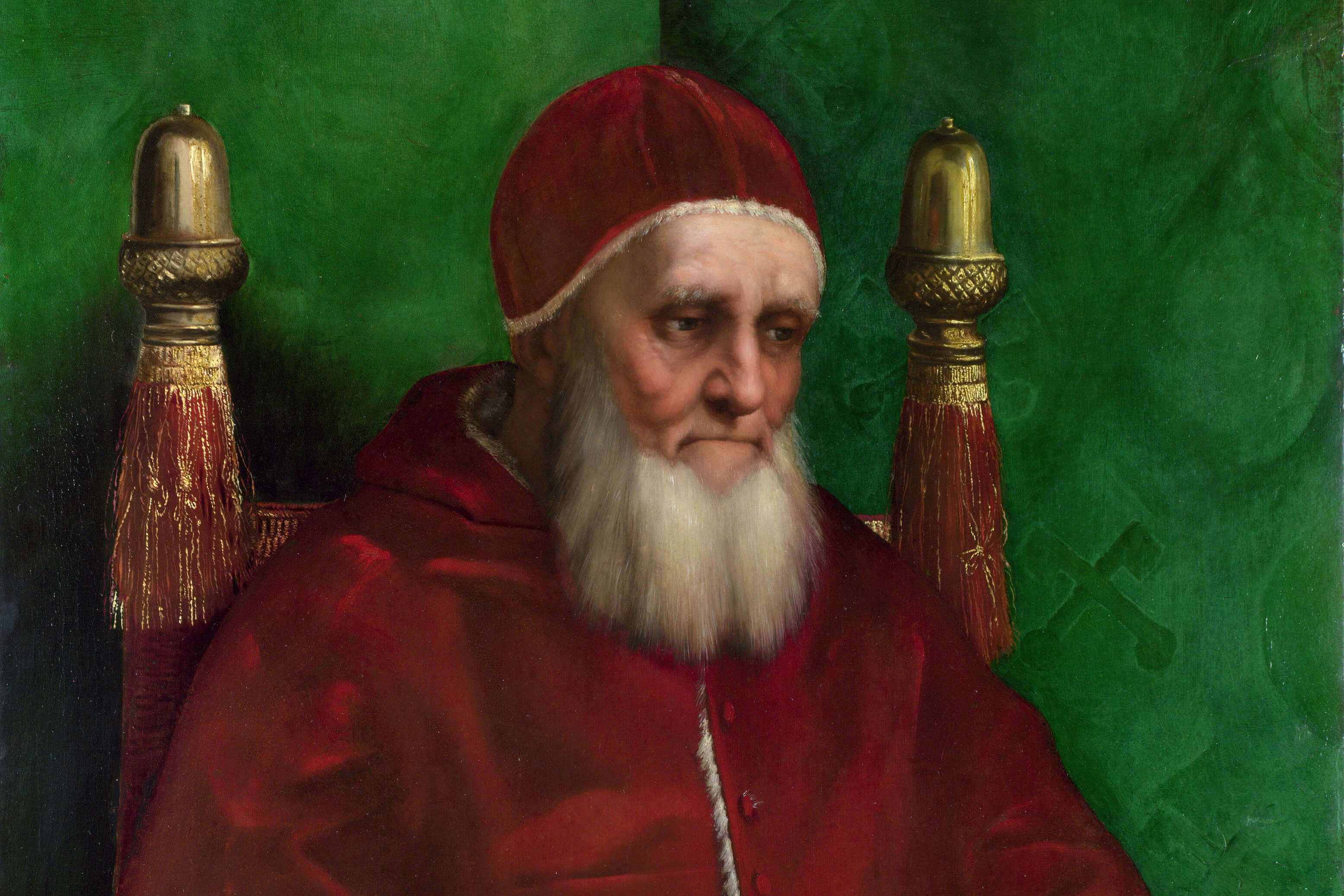
Pope Julius II
The One with the Warrior Pope
In the autumn of 1503, Rome’s cardinals found themselves back in conclave almost immediately after the brief pontificate of Pius III: Francesco Piccolomini had died on October 18 after just twenty-six days in office. This time the choice was an easy one - Giuliano della Rovere was elected in a matter of hours after just a single ballot, making this arguably the fastest conclave in history.
Della Rovere was no newcomer to papal politics. As cardinal nephew of Sixtus IV, he had honed his skills in earlier conclaves - most notably in 1484, when he steered the vote toward Innocent VIII, over whom he led much sway. After being thwarted by Rodrigo Borgia’s financial funny business in 1492, nobody was going to stand in his way this time.
Della Rovere made his ambitions for his papacy clear when he chose the name Julius II, invoking the ancient Caesar himself. Julius dreamed of a new Imperial Rome with the Pope as its sacred and secular ruler: true to form, he spent as much of his tenure in armor as he did in vestments, launching military campaigns that he personally led like a military general to reassert control over the Papal States. His nickname, the Warrior Pope, could hardly be more apt.
6. 1846: Rome, The Quirinal Palace
Pope Pius IX
The One With the Last Pope-King of Rome
In the early summer of 1846, as Europe’s revolutions simmered just beyond the Alps, the Papacy found itself too facing mounting revolutionary fervor. When Gregory XVI died and the cardinals convened in the Pauline Chapel in the Quirinal Palace (the 19th-century residency of the papacy) to choose the new pope, they had a choice to make: choose a hardliner committed to maintaining the Papal States as the absolute domain of the Pope, or plump instead for a liberal candidate open to reform.
The result was (as so often) something of a compromise: Giovanni Mastai-Ferretti, a popular archbishop drawn from the liberal ranks, was elected as Pope Pius IX. He would go on to become the longest-reigning pope in history - over 31 years - and preside over some of the most dramatic changes the church had ever faced: the loss of the Papal States, the First Vatican Council, and the declaration of papal infallibility.
Pius became increasingly conservative and reactionary after briefly being driven into exile during the Roman Republic of 1849. When Victor Emmanuel II’s forces annexed the Papal States in 1870 and Rome became the capital of a new Italy, Pius went into exile behind the walls of the Papal palace, declaring himself the “Prisoner in the Vatican.” The secular power of the Pope had come to an end.
7. 1978: Rome, the Sistine Chapel
Pope John Paul II
The One that Ended 500 Years of Italian Dominance
In August 1978, the cardinals elected Albino Luciani as John Paul I. Although immediately popular (he was dubbed the “smiling pope” thanks to his genial personality), his brief 33 day reign remains one of the shortest in history, and his sudden death triggered a second conclave hot on the heels of the first.
This time, in a dramatic break from 455 years of Italian dominance, the electors chose Karol Wojtyła, the cardinal of Kraków, who became John Paul II. The first non-Italian to be elected pope since Andrian VI in 1522, the Polish pope was a symbol of a Church turning outward again. His elevation carried profound geopolitical resonance: at the height of the Cold War, the most powerful man in the Christian world hailed from behind the Iron Curtain.
His 104 foreign trips - unprecedented for a pope - cemented his global reach, reshaping Catholicism's political and spiritual presence across the globe. Voices called for his beatification as soon as he died, and their dream became a reality when he was canonized by Pope Francis on April 27, 2014.
8. 2013: Rome, the Sistine Chapel
Pope Francis
The One with the People's Pope
In February 2013, the Church found itself in almost unprecedented territory when Pope Benedict XVI announced his resignation, citing advanced age and diminished strength. The last pope to resign had been Gregory XII in 1415, almost 600 years earlier. What ensued was a conclave with the former pope still alive, his legacy fresh and his successor’s path uncharted. Over the course of two days, the ensuing conclave elected the Argentinian Jorge Mario Bergoglio, who took the name Francis in honor of Francis of Assisi.
Francis’ papacy was one of firsts: the first Jesuit pope, the first from the Americas, and the first non-European pope in over a millennium. His election signaled a radical shift away from the doctrinal vision of his predecessor and toward a more pastoral, globally representative Church focused on human rights and ecological justice.
Now, as the world watches and waits for conclave to convene once again in the wake of Francis’ passing, it remains to be seen whether the path chosen by the departed pope will prove to be a roadmap for the future, or whether a more conservative successor will seek to soften his most progressive positions.
We hope you enjoyed our history of papal conclaves! Stay tuned across our blog and social media channels for updates on the upcoming conclave and the election of the next pope as we wait for the white smoke to rise once more. The next chapter is about to be written.
MORE GREAT CONTENT FROM THE BLOG:
